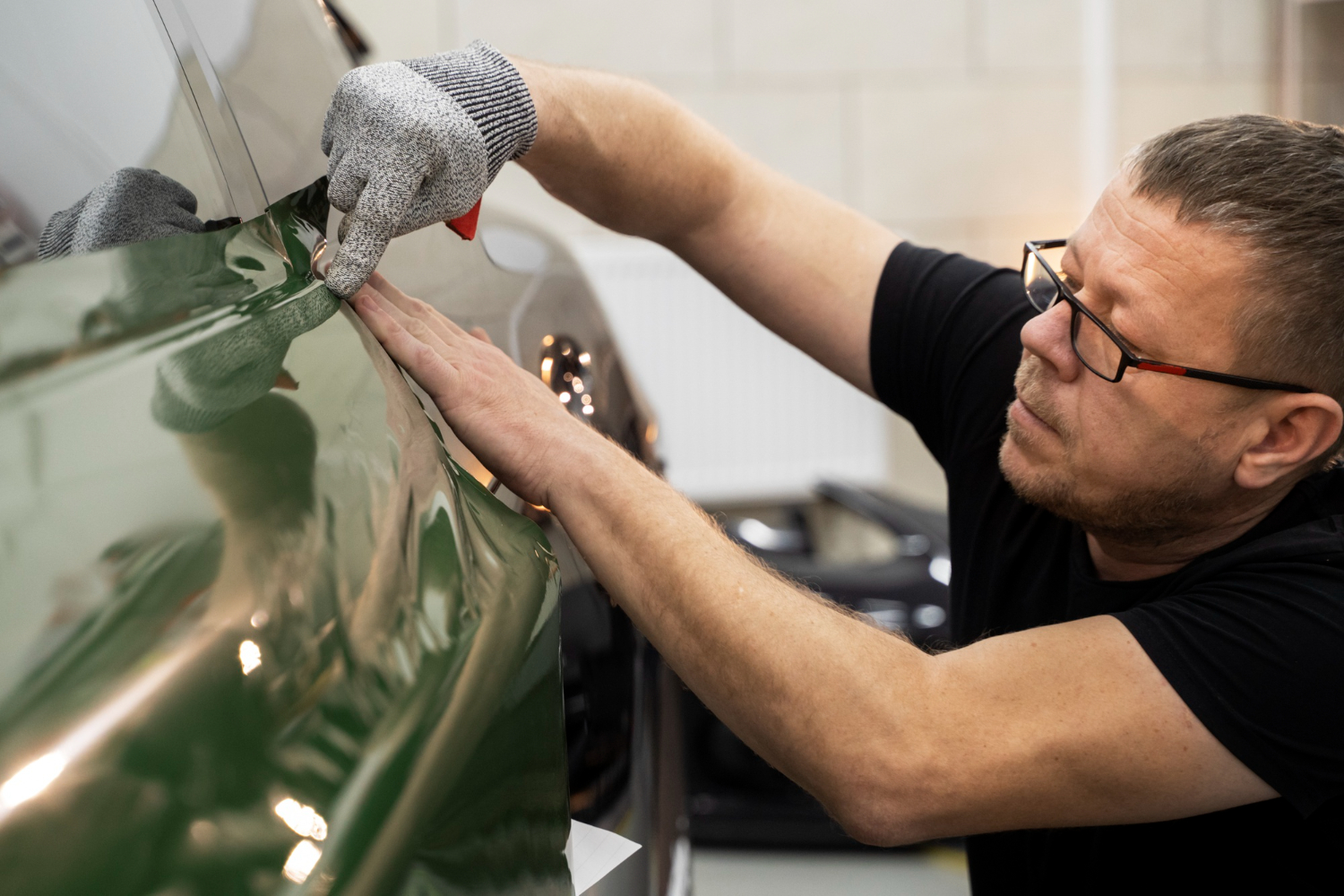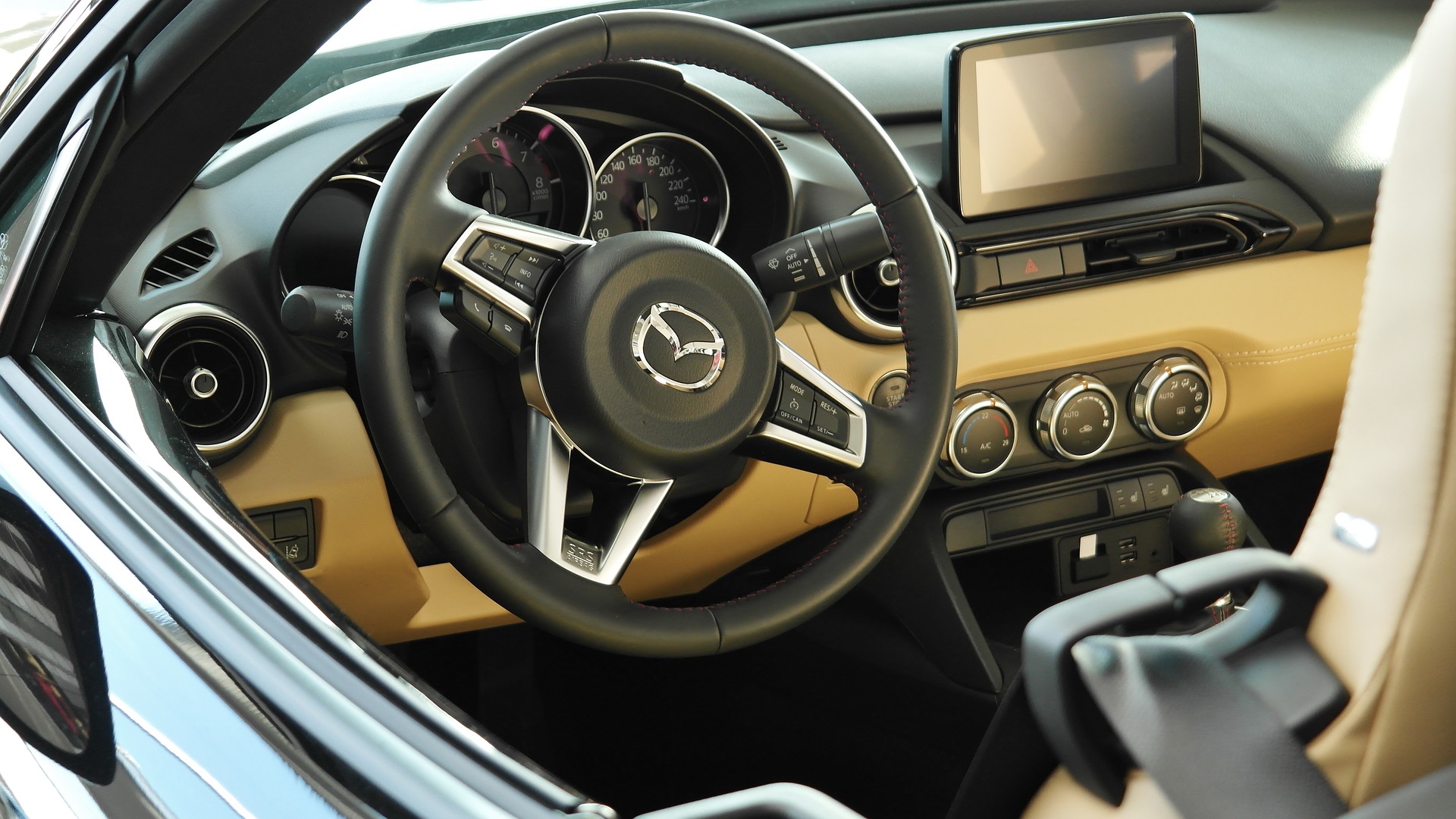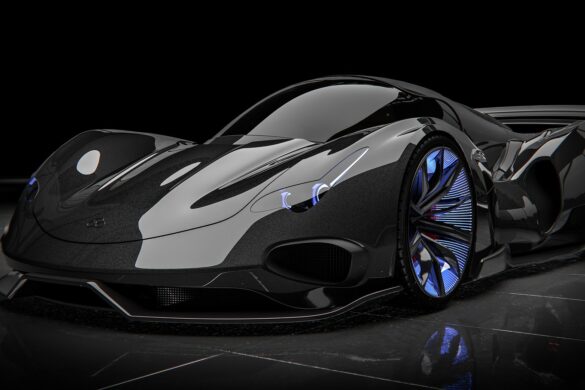 Choosing the right window tint for your car isn’t just about style; it’s about adapting to your local weather conditions for maximum comfort and efficiency. Whether you’re battling the fierce sun in the desert or managing the mild, cloudy days in cooler regions, understanding the different types of window tints can make all the difference.
Choosing the right window tint for your car isn’t just about style; it’s about adapting to your local weather conditions for maximum comfort and efficiency. Whether you’re battling the fierce sun in the desert or managing the mild, cloudy days in cooler regions, understanding the different types of window tints can make all the difference.
This guide will help you navigate the options available, ensuring that you select a tint that not only enhances your vehicle’s appearance but also conforms to your climate’s demands. We’ll explore how various tints can protect your interior from UV damage, reduce heat buildup, and improve privacy without sacrificing visibility.
So, get ready to enhance your driving experience by finding the perfect window tint tailored to your environmental needs from Calgary PPF.
Understanding the Basics of Window Tinting
Window tinting involves applying a thin laminate film to the glass surfaces of your vehicle. These films come in various shades and materials, each offering different levels of visibility, heat rejection, and UV protection. The primary benefits of window tinting include:
- Reduced Heat: By blocking out a significant portion of the sun’s rays, window tints can keep your car cooler, making your drives more comfortable during hot days.
- UV Protection: Tints filter out harmful ultraviolet light, protecting the interior of your car from fading and reducing your risk of skin damage.
- Enhanced Privacy and Security: Darker tints obscure the inside of your vehicle from outside view, offering privacy and deterring potential theft.
Selecting the Right Tint for Your Climate
Hot and Sunny Climates
In areas with intense sunlight and high temperatures, such as the southwestern United States, selecting a window tint with superior heat rejection properties is crucial. Look for
ceramic or carbon film tints, as they are highly effective at blocking infrared rays that cause heat buildup. These tints not only help maintain a cooler interior but also prevent the sun’s glare from impairing your vision while driving. Ceramic tints are especially beneficial as they offer these advantages without interfering with electronic signals, which can be an issue with metalized tints.
Cold and Wintry Climates
For those living in colder regions, the priority might be different. In these climates, the primary benefit of tinting might not be to reject heat but to retain it. Some newer types of window tints can actually help insulate your vehicle, keeping the heat inside and reducing the need to continually run your heater. Additionally, window tints in colder climates should be durable enough to withstand the rigors of ice and snow.
Humid and Tropical Climates
In humid and tropical climates, preventing heat is still a priority, but the focus should also be on reducing humidity inside the vehicle. Tints that offer excellent UV protection can help protect both passengers and the interior surfaces of the car from the harsh sunlight that often accompanies high humidity. In these areas, a hybrid tint that offers both heat rejection and UV protection without being too dark can be ideal, as visibility during heavy rain is also a concern.
Variable Climates
If you live in a region where the weather can vary dramatically—a common scenario in places like the Midwest—you’ll want a versatile tint. Hybrid tints, combining dye and metalized films, are suitable for these environments. They provide balanced performance, reducing glare and heat in the summer while retaining some interior warmth during colder months.
Legal Considerations
Before deciding on your window tint, it’s essential to check the legal restrictions in your area. Tinting laws vary by state and country, primarily concerning the darkness of the tint measured by Visible Light Transmission (VLT) percentage. Ensure you choose a tint that complies with local regulations to avoid fines and the need for costly removal.
Installation and Maintenance
Professional installation is recommended for window tinting. A skilled technician can ensure that the film is applied without bubbles or creases, giving it a seamless look and long-lasting performance. Once installed, window tints are relatively low maintenance. Regular cleaning with a soft cloth and ammonia-free cleaner will keep the windows looking sharp and clear. Avoid using abrasive tools that can scratch or peel the tint.
Get the Right Window Tint for Your Vehicle Today
Window tinting is a practical upgrade that can enhance your vehicle’s efficiency, comfort, and privacy, tailored to the demands of your specific climate. By understanding the different types of tints and their benefits, you can make an informed choice that will improve your driving experience year-round. Remember to consider the local legal requirements and opt for professional installation to ensure the best results from your window tint investment.








